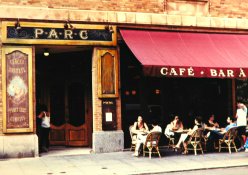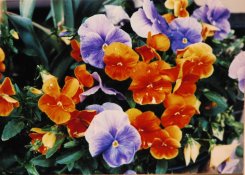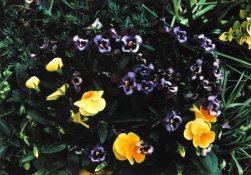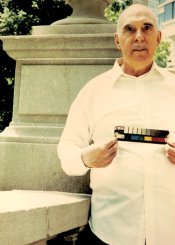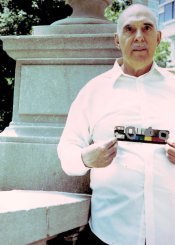RPC
Member
- Joined
- Sep 7, 2006
- Messages
- 1,628
- Format
- Multi Format
Sensitometry, showing parallel curves at 100F, and showing crossover at lower temperatures, is what imparts the truth, and I recall a thread where someone clearly demonstrated that with your processes. If your images are acceptable to you then by all means do it. I have clearly seen the crossover in such prints and find it objectionable.
Last edited by a moderator:









